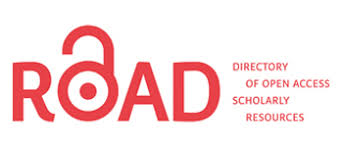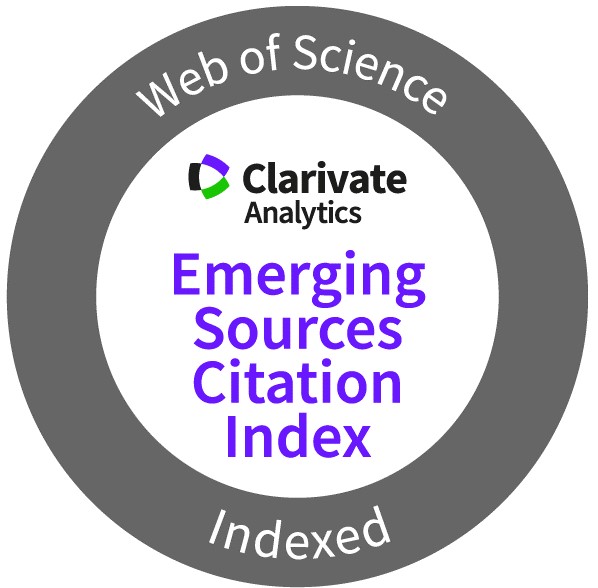ANÁLISIS DE TIEMPO DESPLAZAMIENTO (TIME – MOTION) EN DEPORTES DE CONJUNTO
Resumen
El presente estudio en el cual participaron niños jugadores de fútbol (FU) (n=10; 12,3 ds 0,2 años; 42,3 ds 6,8 kg; 154,2 ds 7,8 cm) y niñas jugadoras de hockey s/césped (HO) (n = 10; 12,3 ds 0,3 años; 48,0 ds 7,3 kg; 157,5 ds 8,6 cm), tuvo como objetivo determinar el tiempo invertido en diferentes categorías de movimiento (CM), para posteriormente calcular la distancia recorrida y complementariamente la zona del campo de juego ocupada durante encuentros competitivos. Con limitada correlación respecto a variables morfológicas, las variables de Time Motion correlacionaron significativamente con el VO2máx estimado en ml.kg-1.min-1 y en ml.kg-0.75.min-1 (p<.05). La representación porcentual del tiempo invertido y valorado para cada deporte, informa que las diferencias entre FU y HO fueron significativas para las CM de Caminar, Carrera de Baja Velocidad, Desplazamiento Lateral y la Sumatoria de Retroceder y Desplazamiento Lateral (p<.05). En FU la Distancia Total media calculada fue de 5122 ds 533m, mientras que en HO con menos tiempo reglamentario de juego, fue de 3465 ds 439m. Asimismo en este deporte (FU), salvo la Carrera de Media Intensidad, Carrera de Máxima Velocidad y Retroceder, se encontraron diferencias significativas respecto a la distancia total y parciales de estudios de referencia (p<.05). La zona del campo de juego ocupada, parece obedecer para los Defensores y Mediocampistas valorados de FU y HO, a la posición de juego correspondiente asignada a priori por conductores técnicos, no obstante esta probable situación, HO condujo proporcionalmente el móvil (bocha) durante mayor distancia (17,4%) que FU (8,2%). Esta observación final corresponde a similares conclusiones ofrecidas por estudios de referencia, las cuales sugieren que las dimensiones del campo de juego y número de jugadores deberían ser reducidas.
Cómo citar
Número
Sección
Los autores que publican en esta revista están de acuerdo con los siguientes términos:
- Los autores conservan los derechos de autor y garantizan a la revista el derecho de ser la primera publicación del trabajo al igual que licenciado bajo una Creative Commons Attribution License que permite a otros compartir el trabajo con un reconocimiento de la autoría del trabajo y la publicación inicial en esta revista.
- Los autores pueden establecer por separado acuerdos adicionales para la distribución no exclusiva de la versión de la obra publicada en la revista (por ejemplo, situarlo en un repositorio institucional o publicarlo en un libro), con un reconocimiento de su publicación inicial en esta revista.
- Se permite y se anima a los autores a difundir sus trabajos electrónicamente (por ejemplo, en repositorios institucionales o en su propio sitio web) antes y durante el proceso de envío, ya que puede dar lugar a intercambios productivos, así como a una citación más temprana y mayor de los trabajos publicados (Véase The Effect of Open Access) (en inglés).










